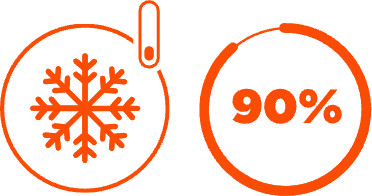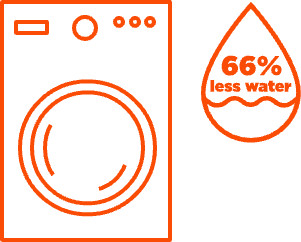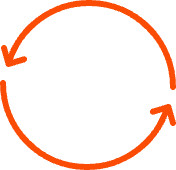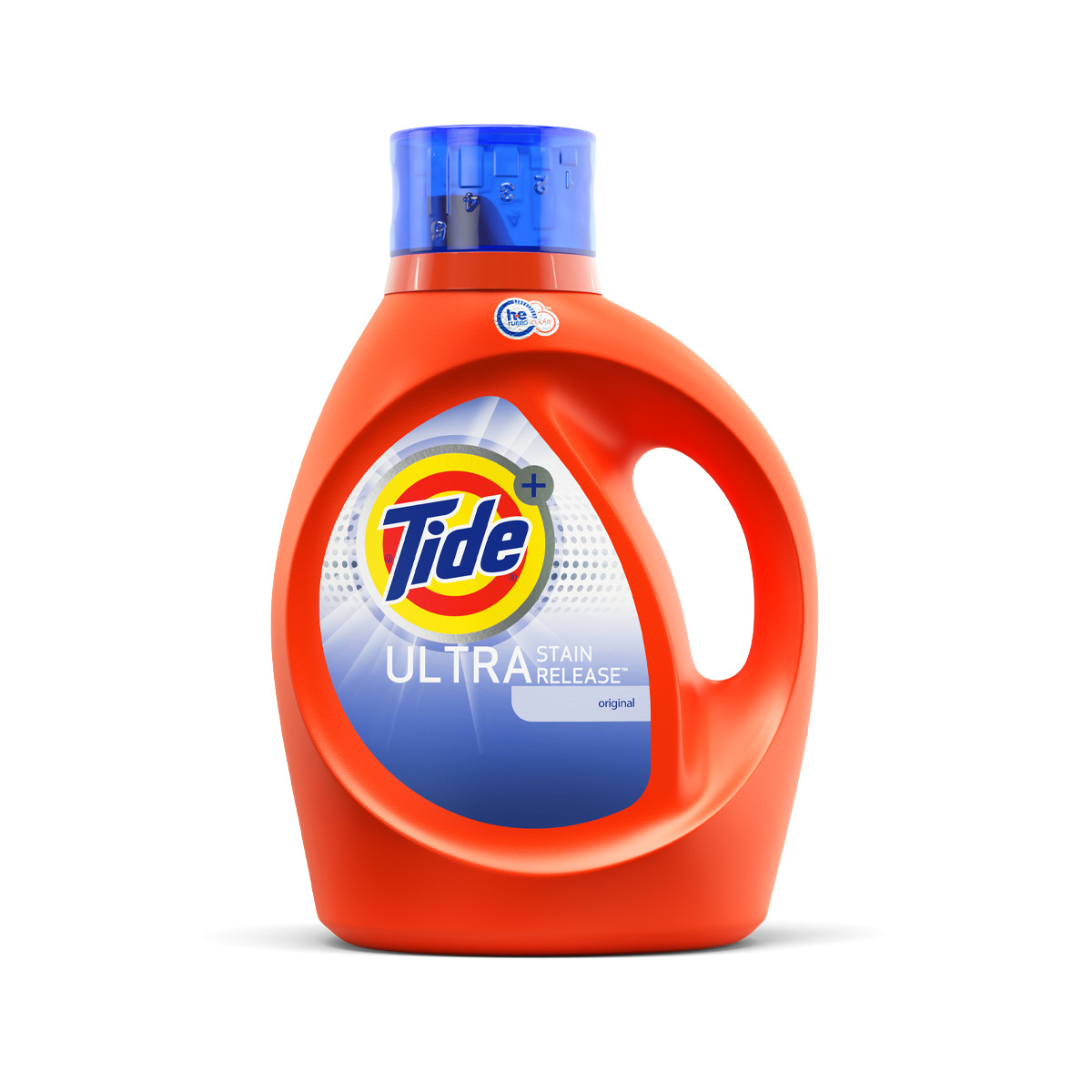* Based on energy usage to charge an average smartphone battery from 0% to 100% daily and an average US household switching all loads for 12 months from warm to cold temperature in standard top loading machines with electric water heaters.
** On average when switching from hot to cold water.
*** When switching all loads from hot to cold water, assuming electricity rate of 13.3c/kWh and 8 loads per week.















